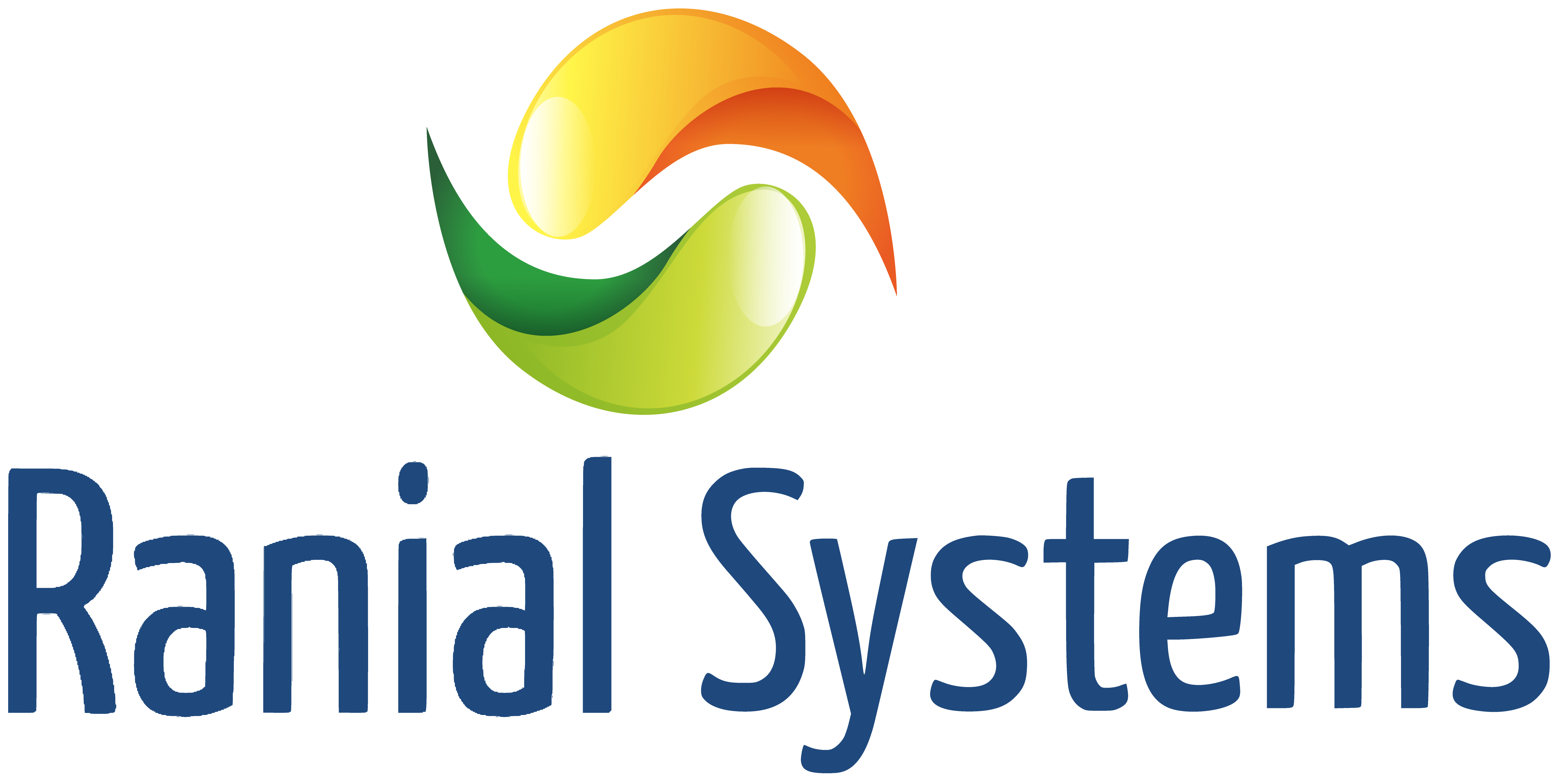Overview
Traditional energy delivery systems have been facing challenges delivering high-quality, reliable power, while meeting the market demands for keeping the rates low. These challenges are all the more amplified in areas of integrating renewable energy or distributed generation with the aging infrastructure. Technical loss or theft of power, unplanned outages, overload on transformers, and imbalance on circuits, equipment failure and resultant inconsistent power quality are causing energy companies worldwide significant financial losses. Minimizing carbon footprint, enhancing real-time/ near real-time operational intelligence to support advanced demand response, dynamic pricing, smart metering and micro grid implementations are gaining significant traction across the utilities value chain.
While upgrading to the modern grid and advanced distribution networks can help utilities address these challenges and critical business imperatives, companies continue to be slow in transforming operating technologies; As-is utilities network infrastructure and adopting Internet of Things (IoT)/ Machine-to-Machine (M2M) technologies due to operational constraints and lack of readiness. Being constrained by strong regulatory compliance and security challenges, there aren’t enough strong business cases and/ or ROI proof points to indulge disruptive transformations. Moreover, there is significant capital investment required to upgrade or replace the existing infrastructure and re align the operational environment to meet the new standards and business needs.
With all possible options of transformation through Smart Grid initiated, primary concerns to the stakeholders are:
- How to ensure smooth transition and rapid time-to-value along the journey?
- How efficiently the advanced infrastructure would ensure a seamless OT and IT convergence to address the current and future needs?
- How such upgrades help utilities to derive actionable insights, remote intelligence to aid reactive operational efficiency in the long run?
Slowly, though, utilities companies worldwide are moving towards smart grids/ advance automation to manage utilities assets and distributed generation infrastructure, rolling out smart meters. But most of the global utilities aim to maximize efficiency of the existing infrastructure and create new insights as the stepping-stones towards next generation energy management. In the near future, the smart grid and advance resource monitoring platforms would integrate with infrastructure and operational environment seamlessly, develop actionable insights and enhance context awareness and collaboration among systems, processes and user groups – treating regulatory compliance, simplicity and cost reduction as the top priority.



